- The cost of new EVs has dropped almost 20% in the last year making them more affordable
- Used EV prices have dropped even more, by 30%
- This is down to demand, costs of raw materials, and a price war initiated by Tesla
With so many more people than ever conscious about how they can live their lives in a more sustainable way, it’s no wonder there’s been a huge surge in the popularity of electric vehicles (EVs). As the demand for EVs grows, more and more people are talking about affordability. Are EVs still too expensive for the average consumer?
This is a fair question, as electric vehicles can be as much as $10,000 more than their gas-powered counterparts. But are EVs becoming more affordable now that the market is maturing? Let’s delve into the current trends and factors influencing the affordability of EVs.
The falling cost of raw materials
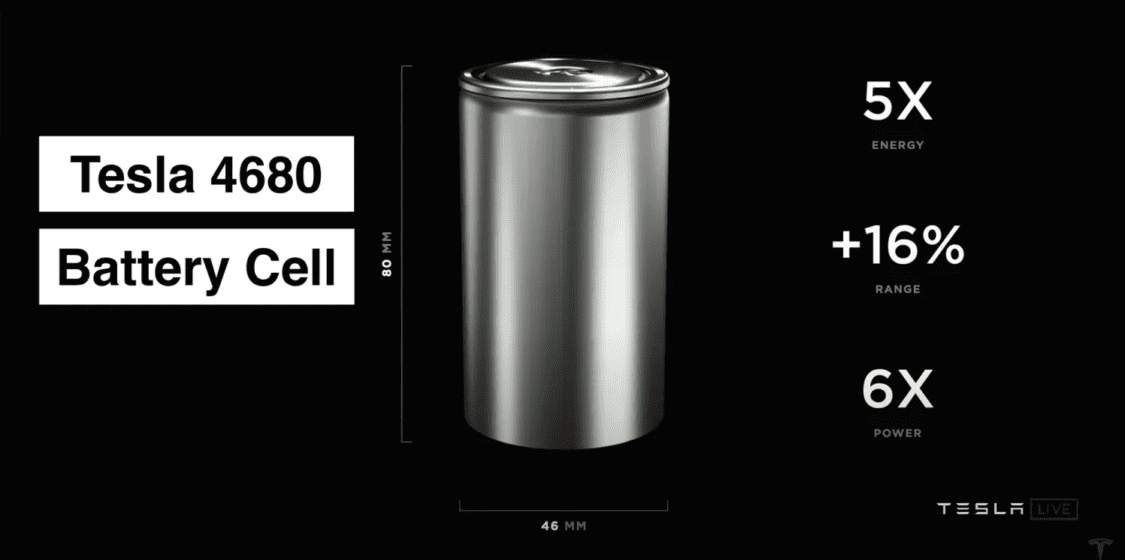
Electric vehicles tend to be more expensive than internal-combustion engine (ICE) models and much of this is down to the cost of raw materials — EVs use cobalt, lithium, manganese, and nickel. Extracting these materials has, historically, been expensive but as the industry has moved on and we’ve recovered from the economic effects of the pandemic, those prices have fallen.
ADVERTISEMENT
Since 2008, the cost of lithium-ion batteries has dropped by around 89%. This is helped by larger production volumes as EVs have become more mainstream. These economies of scale mean it’s cheaper for manufacturers to build batteries, which brings down the cost of the vehicle.
Many manufacturers are also introducing lower-cost lithium-iron-phosphate (LFP) batteries into their entry-level models. For a standard-range vehicle, this helps to keep the price down, making EVs more accessible but allows manufacturers to still offer a more expensive long-range model with lithium-ion batteries.
Price wars
Falling materials costs prompted Tesla to reduce the costs of its vehicles by up to 20%, which led to many manufacturers following suit in a bid to keep up. In response, various automakers — including Chevrolet, Hyundai, Nissan, and Ford — made significant price cuts, ranging from $3,000-$19,000, in response to Tesla.
Let’s look at the cost of the Chevrolet Bolt EV:
- 2021: $37,500
- 2022: $27,000
- 2023: $26,500
ADVERTISEMENT
The price when brand new has dropped more than $10,000 in the last three years.
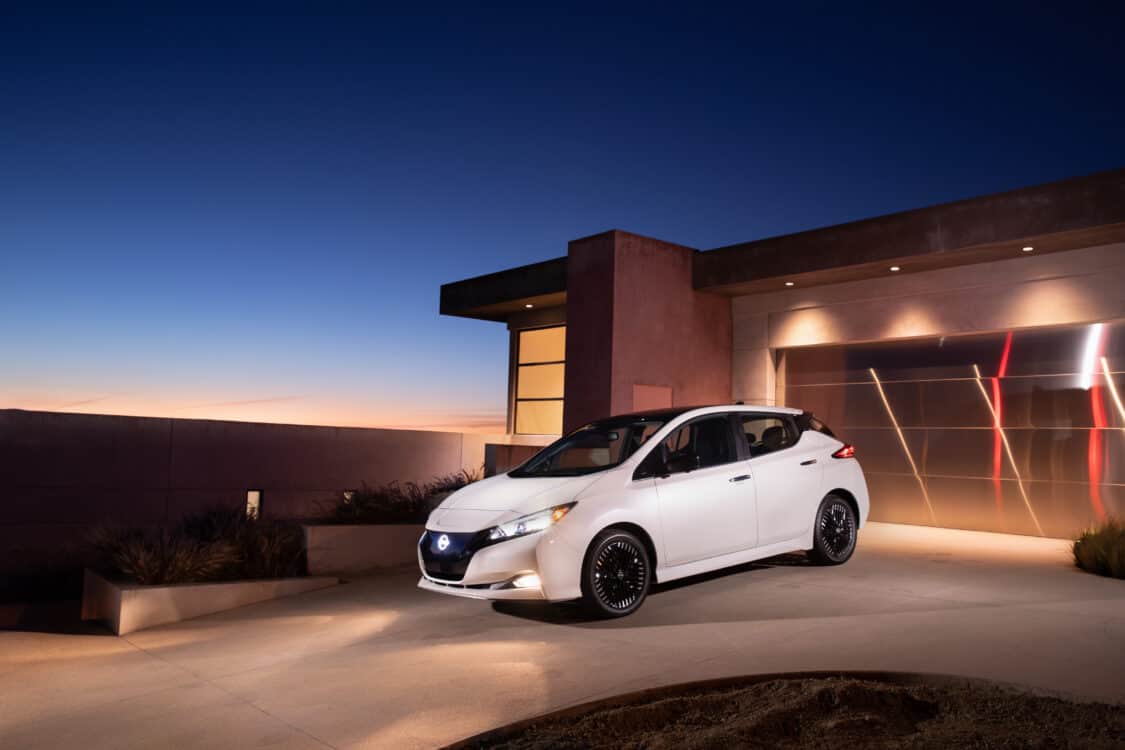
It’s a similar story for the Nissan Leaf:
- 2021: $31,620
- 2022: $27,400
- 2023: $27,800
While the price hasn’t dropped between 2022 and 2023 — thanks to a recent refresh — the Leaf is still $3,280 less than it was in 2021.
Overall, it’s estimated that new EV prices have dropped by nearly 20% between June 2022 and June 2023, according to a recent study by iSeeCars.

Are there too many luxury EVs?
The Autopian points out that these reductions could signal the market correcting itself. With so many brands making luxury EVs that are out of the realm of possibility for the average consumer, there’s an excess of these vehicles available.
ADVERTISEMENT
This means luxury EV manufacturers are considering their pricing strategy to stay competitive, especially in the wake of Tesla’s price reductions. But not all manufacturers are dropping their prices. In fact, the price of a Jaguar I-Pace has gone up $1,450 since 2021.
Used electric car prices

While the prices for new EVs are becoming more affordable (for the most part), the used electric market is also seeing a drop. While new EV prices might be down 20%, the same study suggests that a used EV is now 30% cheaper compared to last year. Much of this is down to inventory growth as the market matures.
When electric vehicles started to become more mainstream, they were typically bought up by those who could afford the large initial outlay, for company fleets, or by leasing companies. While these groups all have different buying habits and needs, they share one thing in common, they don’t keep their vehicles for years and years.
ADVERTISEMENT
The reason the used market now offers more choice is that many of those early buyers have now swapped their older EVs for new models. This has given dealers a huge injection of used EVs to now sell to the next wave of the EV-curious consumer.
Tax breaks
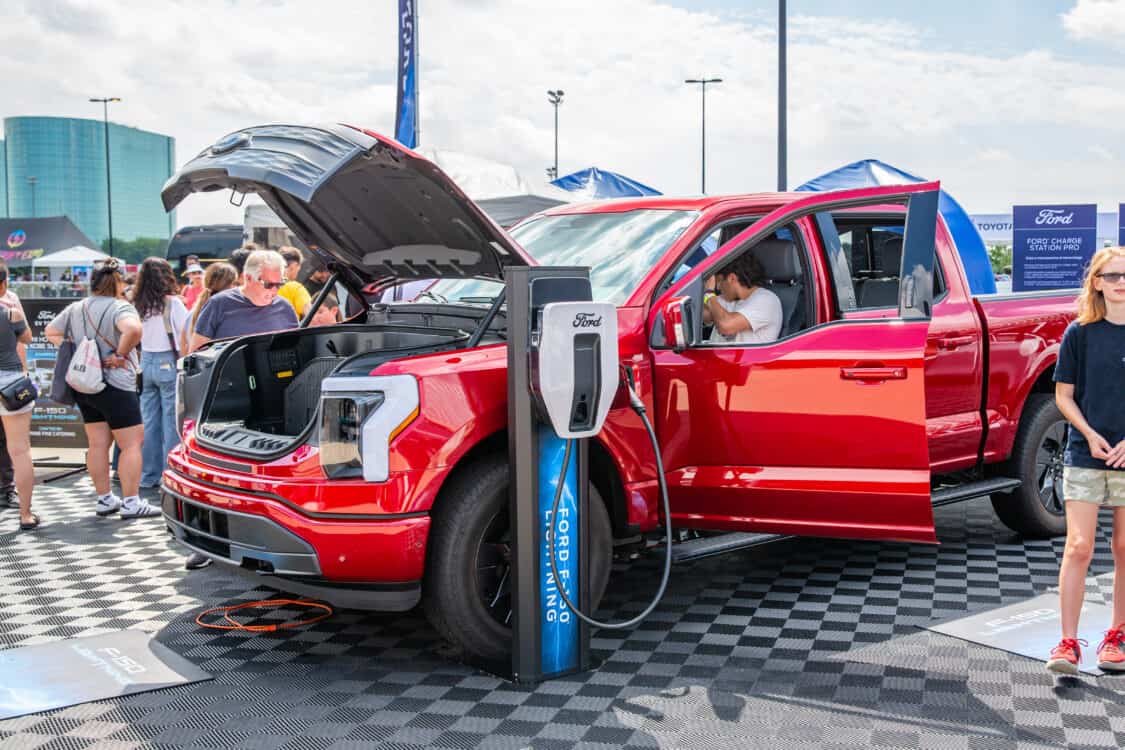
Government incentives and tax breaks for EV buyers have also played a crucial role in reducing the effective price of these vehicles. Countries around the world are offering various incentives to promote the adoption of EVs, further enhancing their affordability. Right now, in the US, if you opt for a used EV, you can get a tax credit of up to $4000, through the Inflation Reduction Act.
While there are eligibility requirements for these tax breaks and restrictions on the maximum price of the used EV, it’s a great way to stimulate the used car market.
There are a number of factors that affect the price of an electric vehicle, but the price drop will come as a relief to many consumers who have previously felt priced out of making the switch. As EVs become yet more mainstream, it’s likely the used market will become even more competitive while prices for new EVs also continue to drop and become more affordable.
ADVERTISEMENT

FEATURE IMAGE: ELECTRIFY EXPO
FTC: We use income-earning auto affiliate links. Learn more.


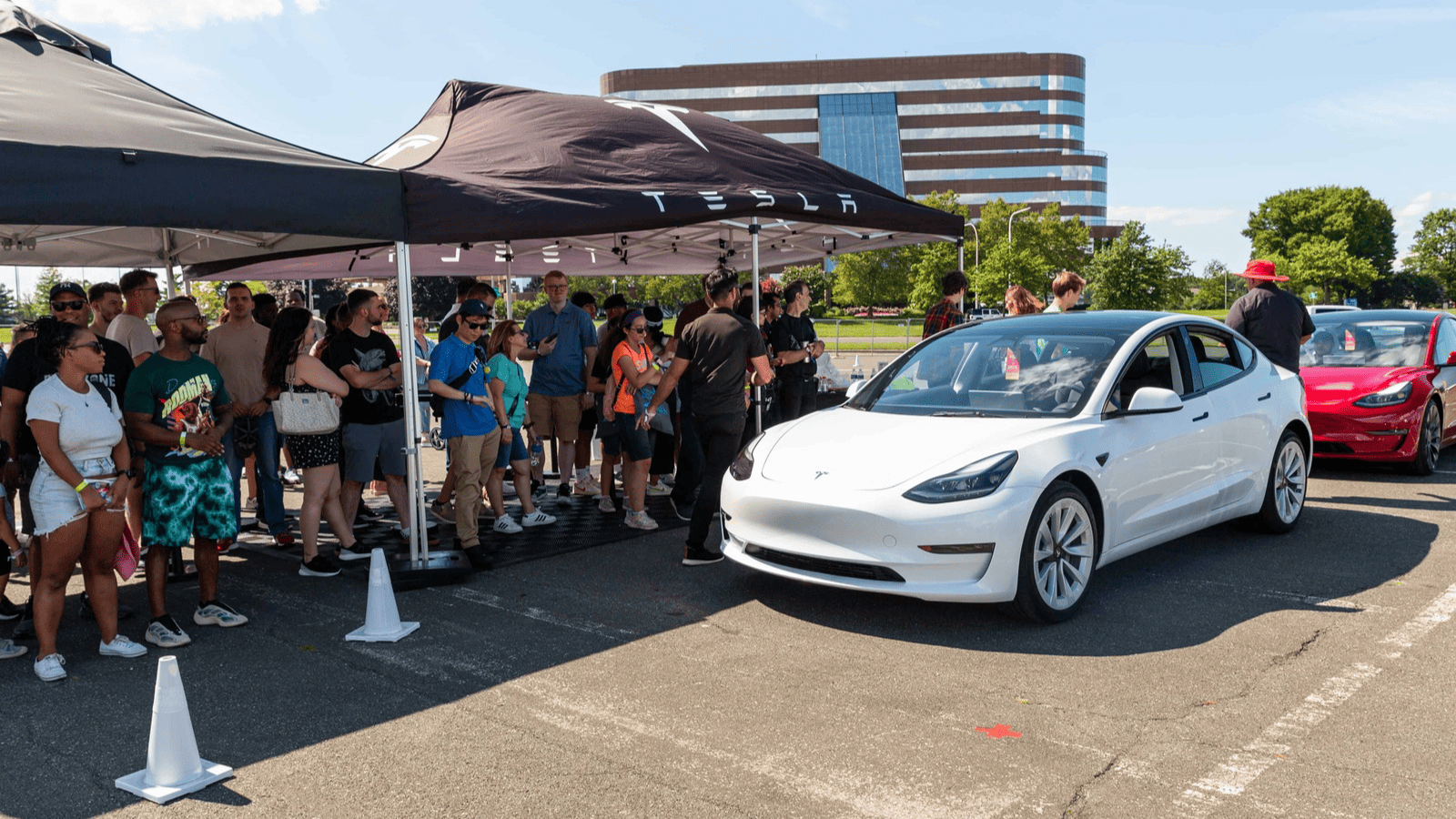
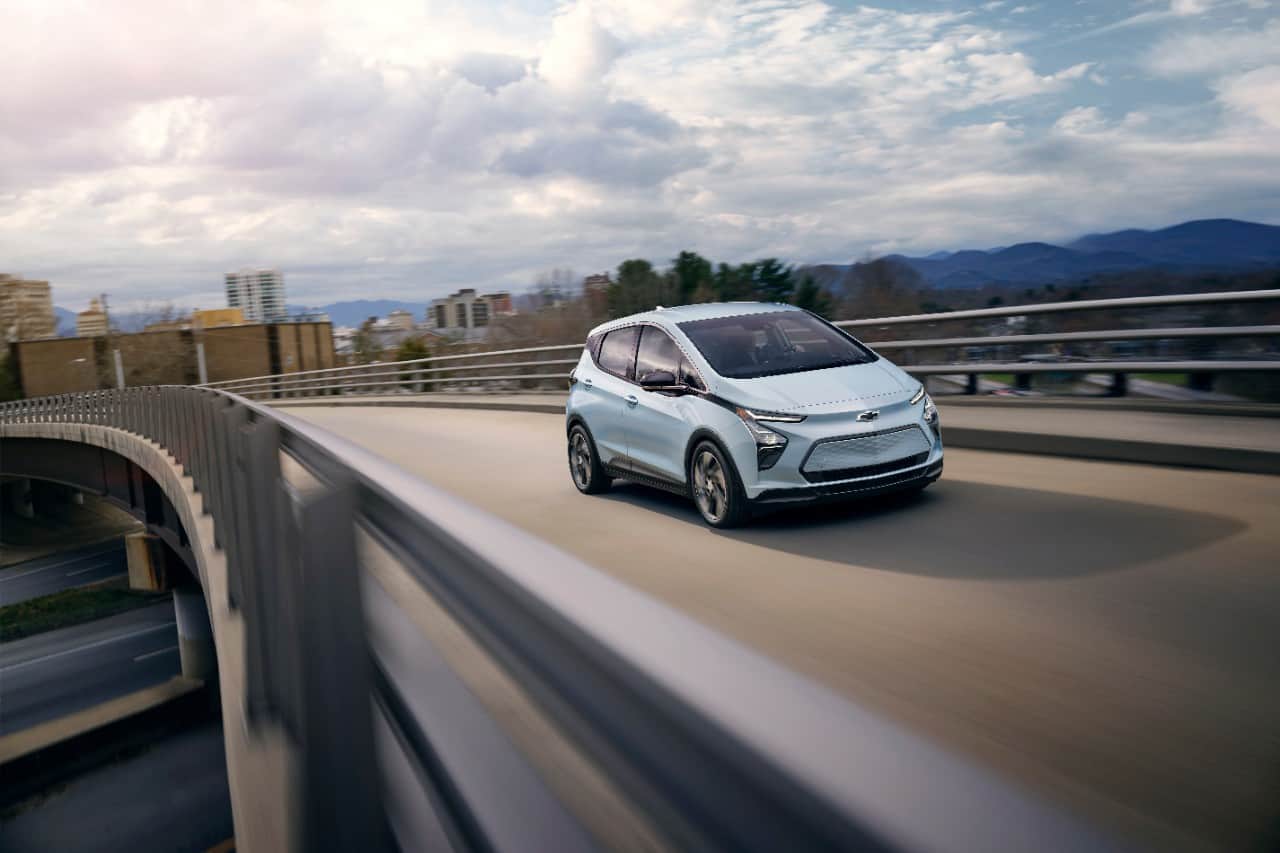
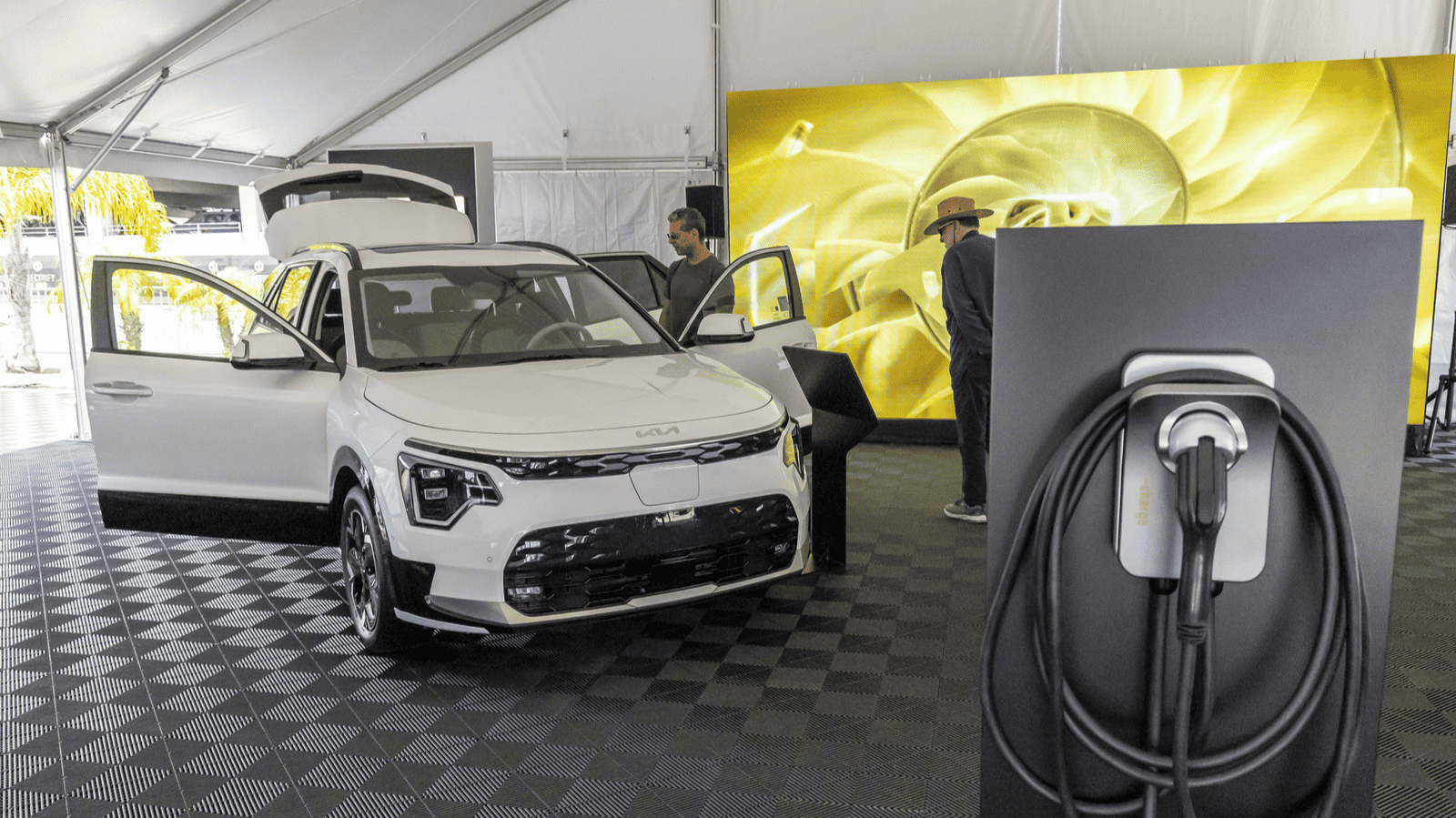
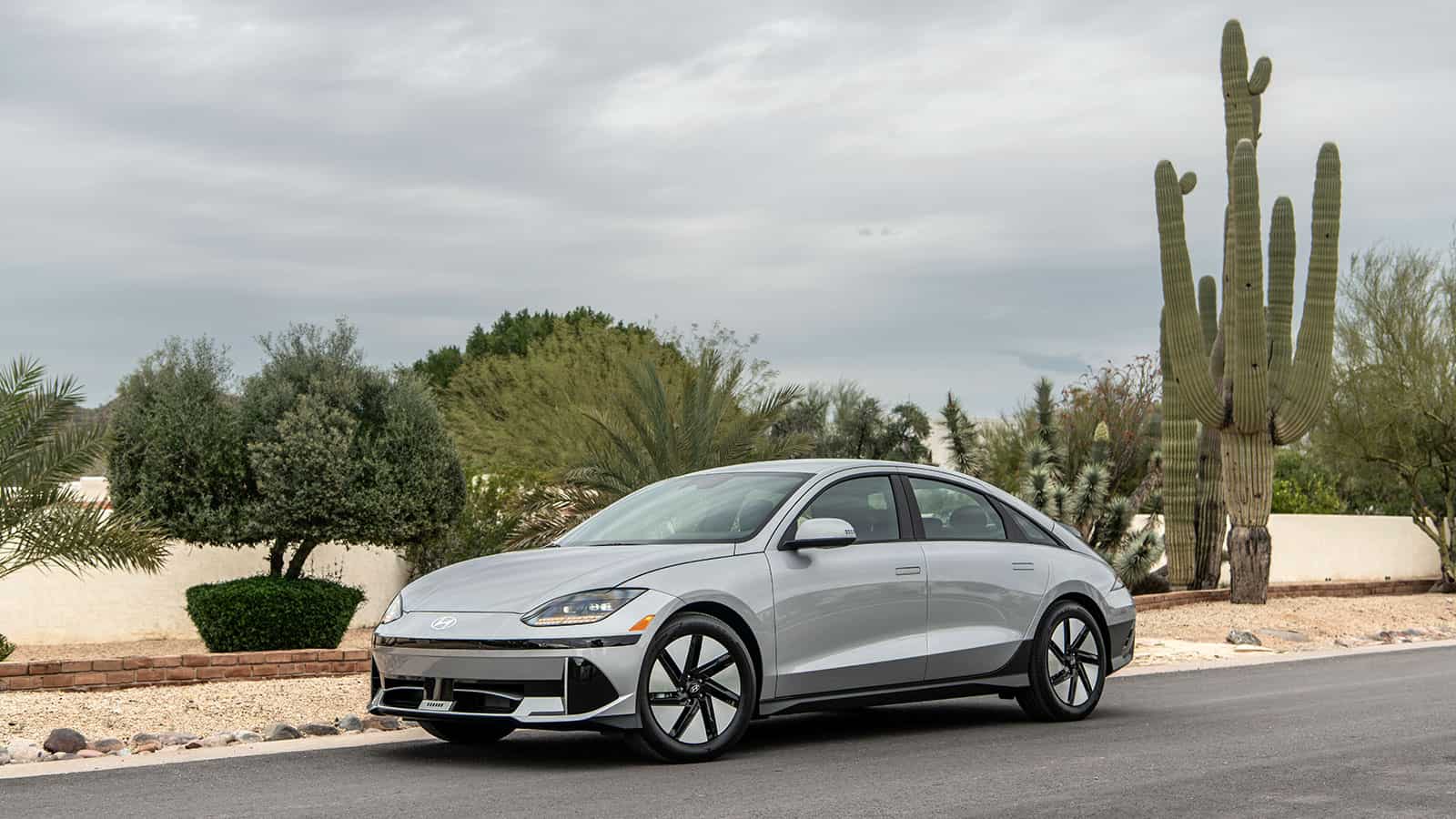
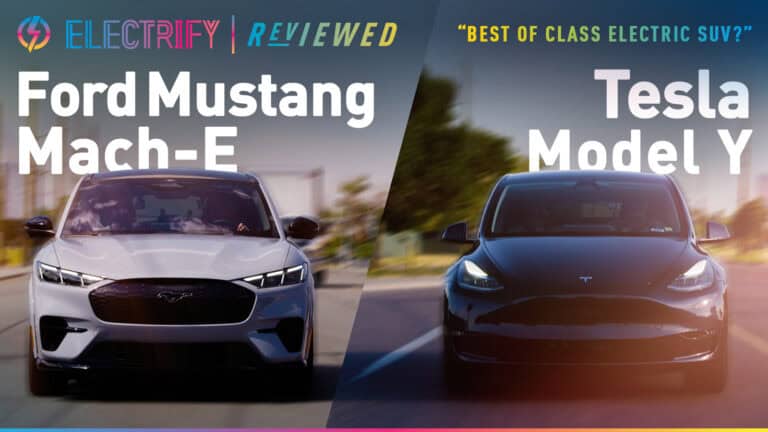


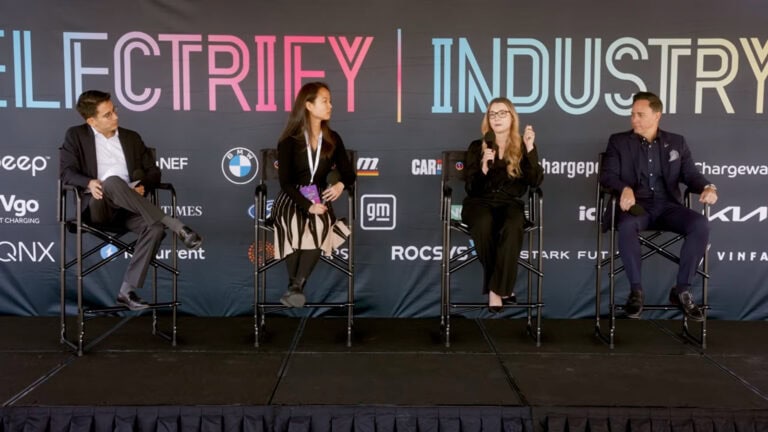
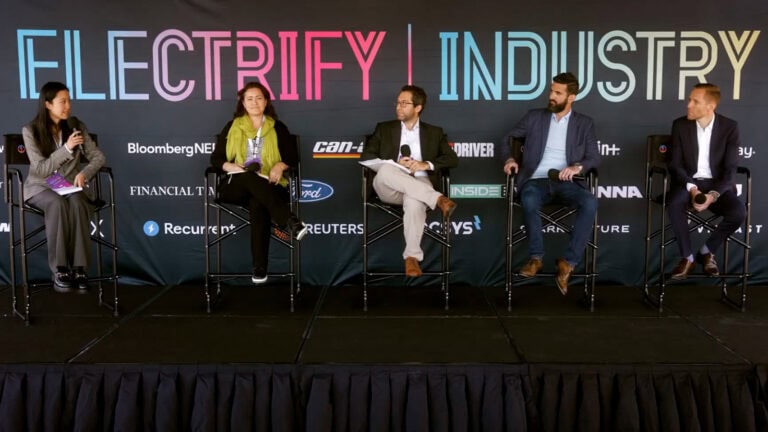
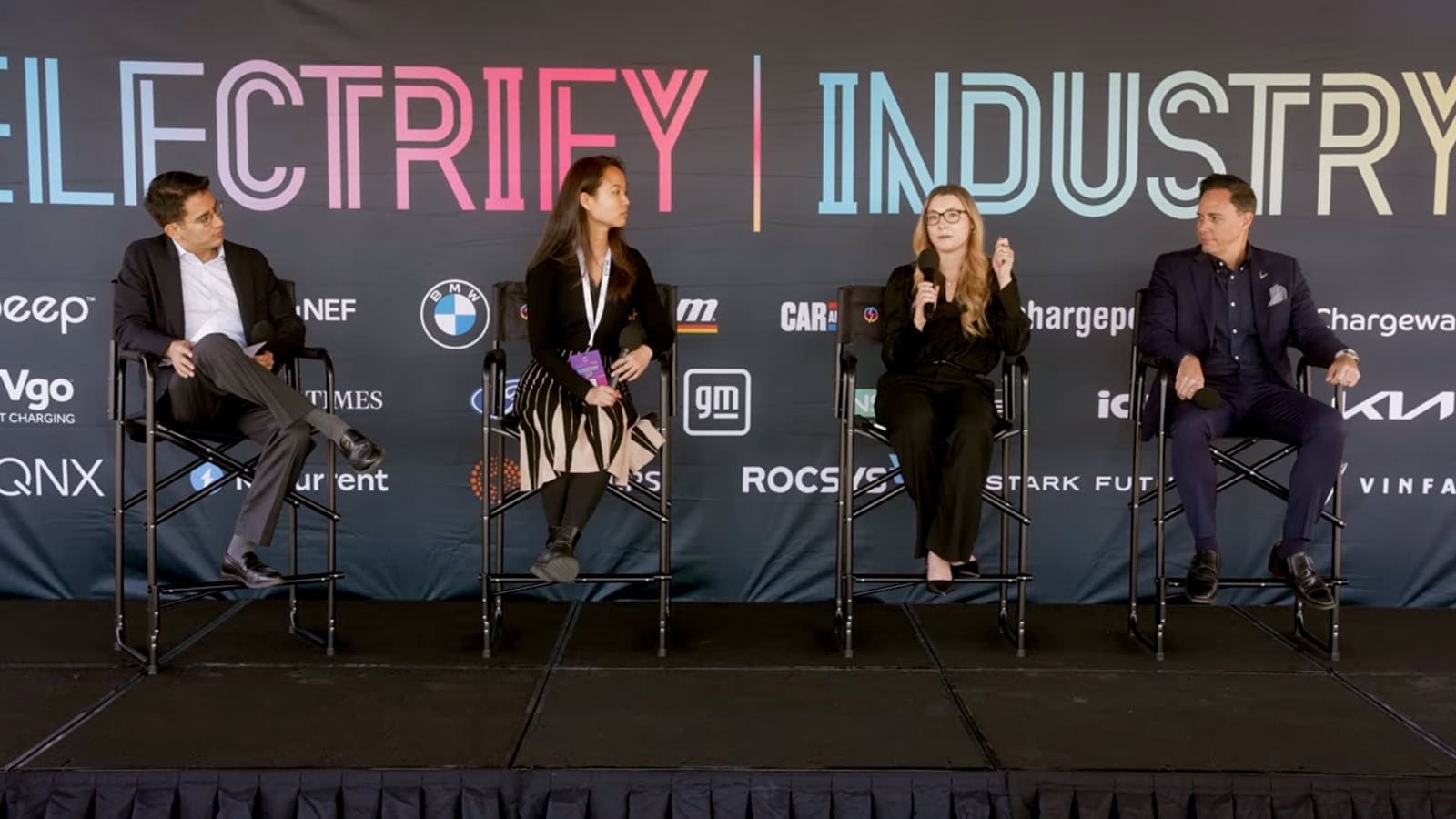
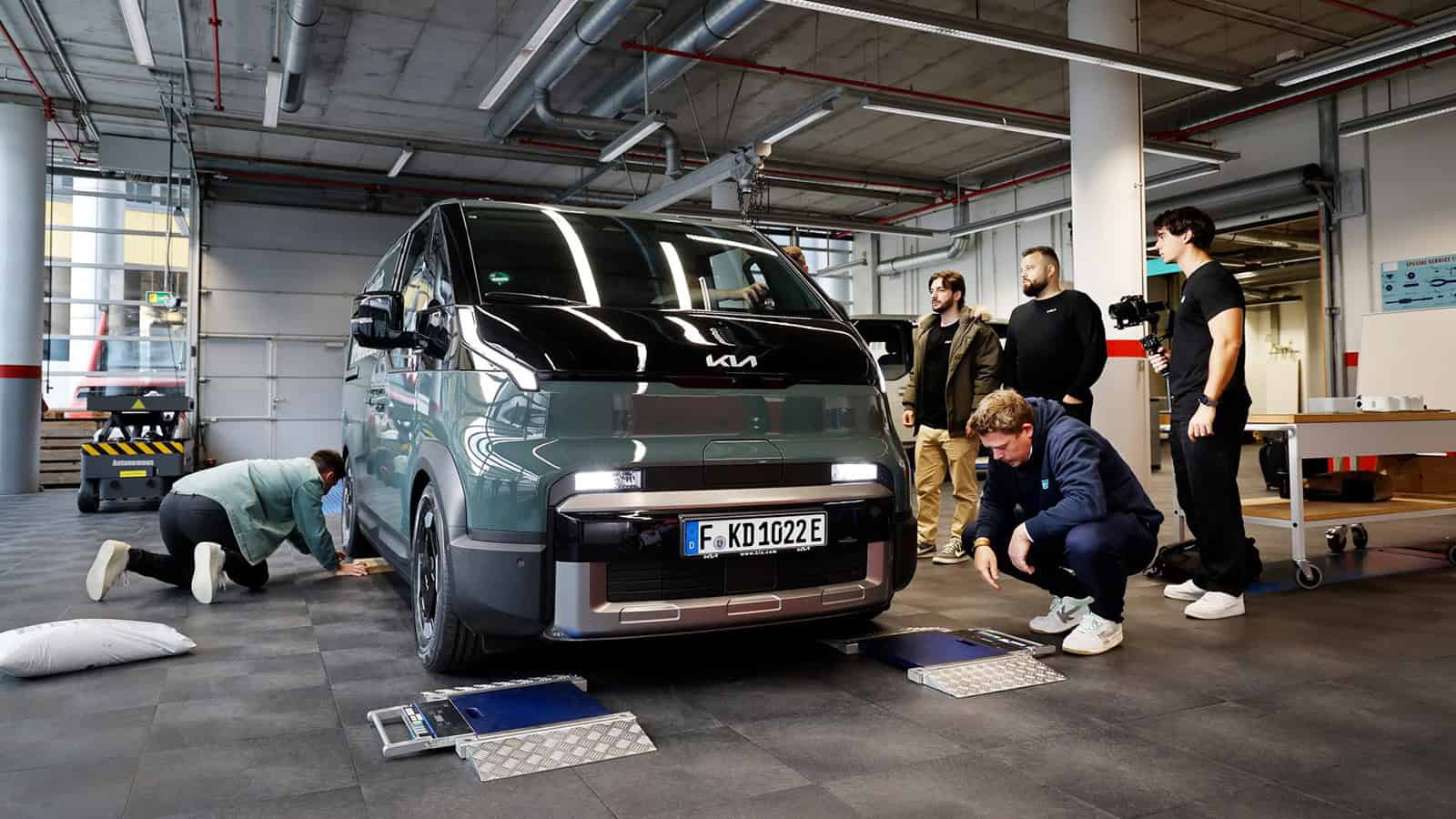
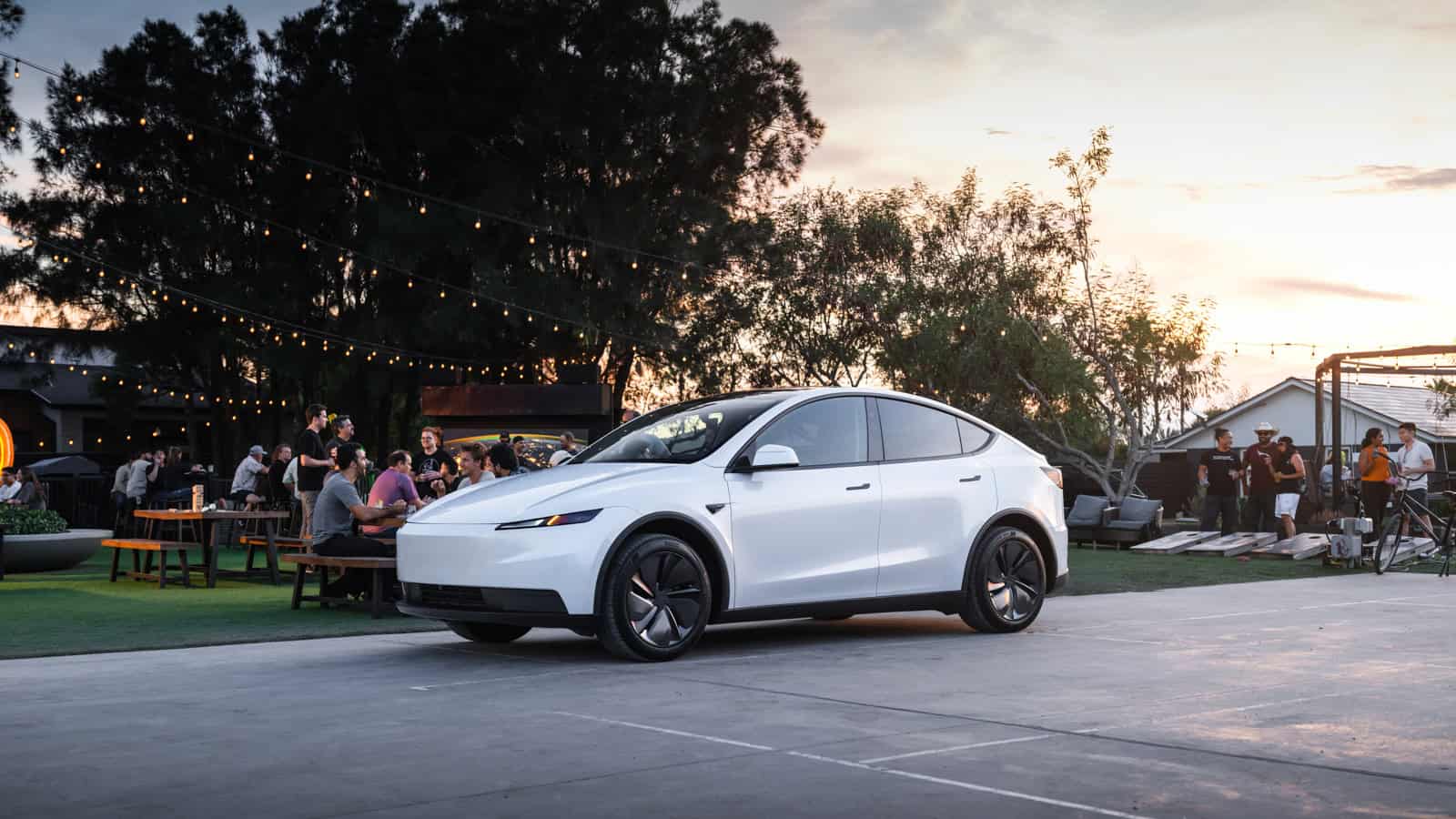
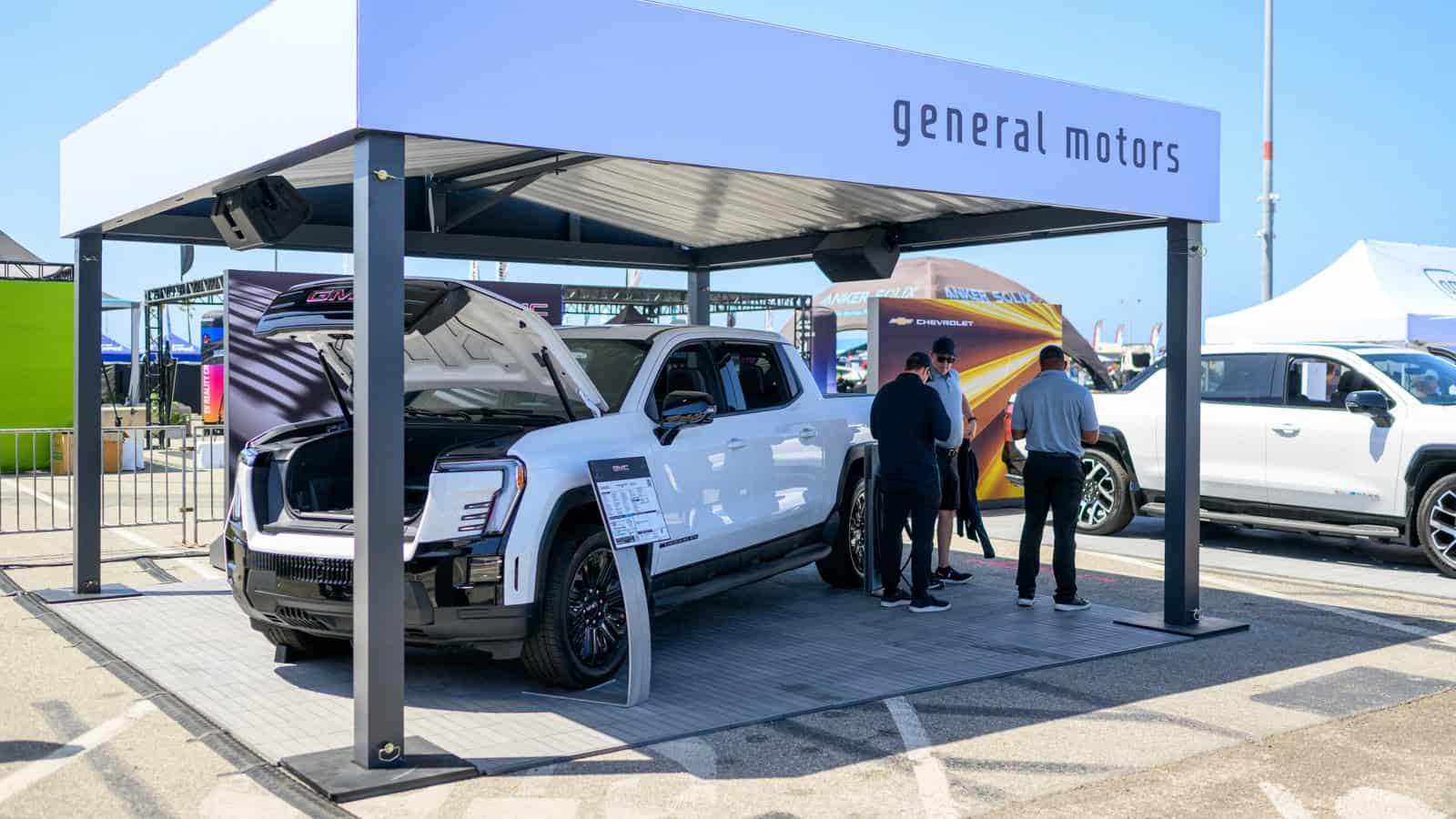
3 Responses